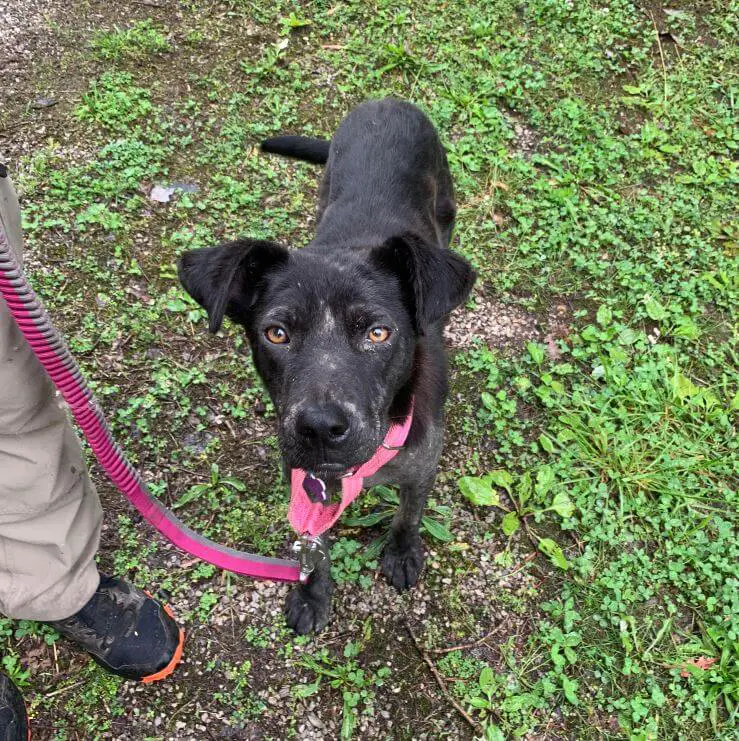Mange is a skin condition that can affect dogs, causing discomfort and distress. It’s essential for dog owners to be aware of mange, its types, causes, symptoms, and treatment options. In this article, we will provide you with valuable information about mange in dogs, helping you understand how to recognize, treat, and prevent this skin ailment.

Understanding Mange in Dogs:
Mange is a term used to describe a group of skin diseases caused by microscopic mites. These mites can burrow into a dog’s skin, leading to various skin problems and discomfort. There are two common types of mange in dogs:
- Sarcoptic Mange (Scabies): This highly contagious form of mange is caused by the Sarcoptes scabiei mite. It results in intense itching, hair loss, and skin irritation.
- Demodectic Mange (Demodicosis): This form of mange is caused by Demodex mites that naturally inhabit a dog’s skin. It typically affects young dogs with weak immune systems and can result in hair loss, skin inflammation, and secondary bacterial infections.
Symptoms of Mange in Dogs:
The signs of mange can vary depending on the type and severity of the infestation. Common symptoms include:
- Intense Itching: Dogs with mange often scratch, bite, and lick themselves excessively due to itching.
- Hair Loss: Hair loss can occur in localized patches or spread across the body.
- Redness and Inflammation: Affected skin may become red, inflamed, and develop scabs or sores.
- Crusts and Scaling: Crusty or scaly skin can develop, especially in severe cases.
- Thinning Fur: In some instances, the fur may appear thin, dry, or brittle.
- Secondary Infections: Continuous scratching can lead to bacterial or fungal infections.

Diagnosis and Treatment:
If you suspect your dog has mange, it’s crucial to consult with a veterinarian for a proper diagnosis. The vet may perform skin scrapings or biopsies to identify the mites or evaluate the extent of the infestation.
Treatment for mange typically involves:
- Medication: Your veterinarian may prescribe topical or oral medications to kill the mites and relieve symptoms. This may include medicated shampoos, ointments, or systemic medications.
- Antibiotics: If there are secondary bacterial infections, antibiotics may be necessary.
- Supportive Care: Provide a comfortable environment and maintain your dog’s overall health to boost their immune system.
- Regular Follow-ups: Frequent check-ups are essential to monitor progress and adjust the treatment plan if needed.
Preventing Mange:
Preventing mange involves maintaining good hygiene for your dog, regular vet visits, and minimizing exposure to infected animals. Ensure your dog’s living conditions are clean and comfortable, and promptly address any skin issues or signs of itching.

Mange is a treatable condition in dogs, but early detection and appropriate treatment are vital for your pet’s well-being. If you suspect your dog may have mange or notice any skin abnormalities, consult with your veterinarian promptly. With the right care and attention, you can help your furry companion recover from mange and enjoy a happy, healthy life.
